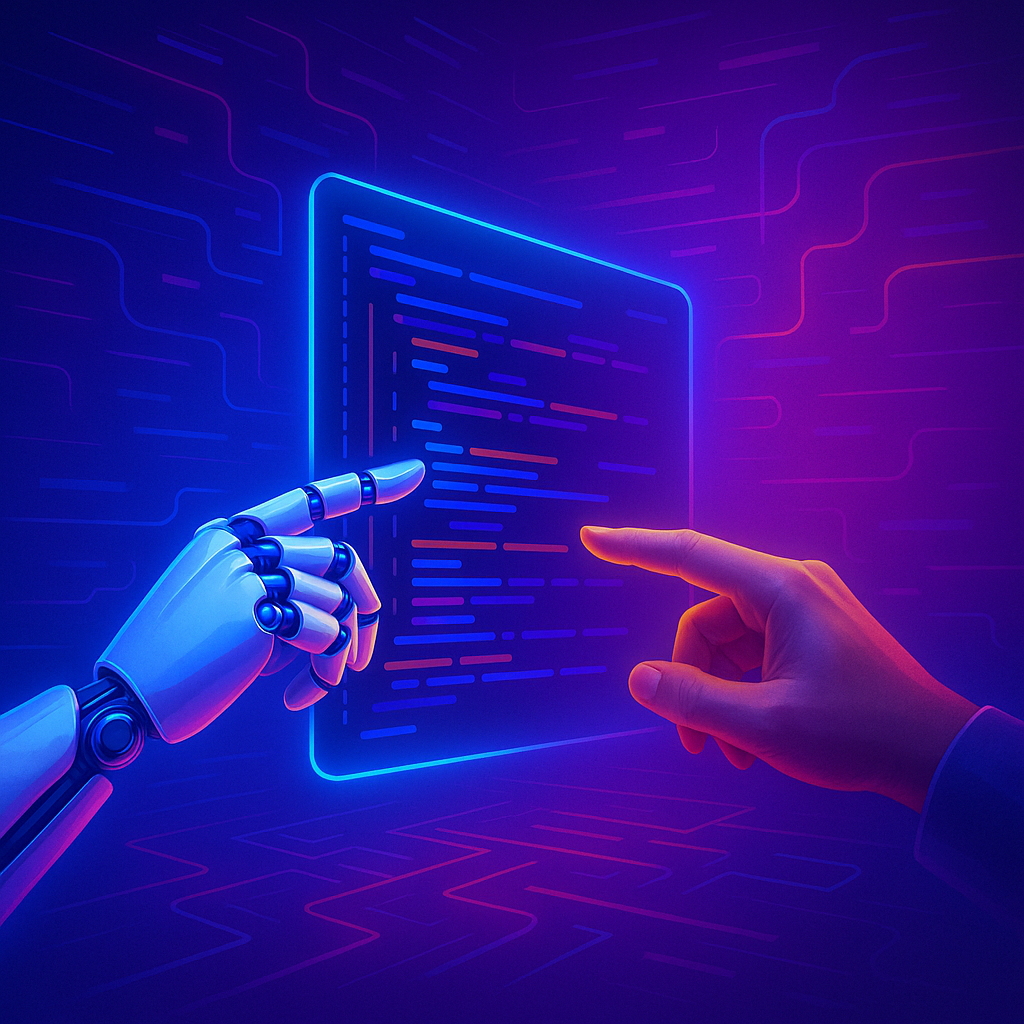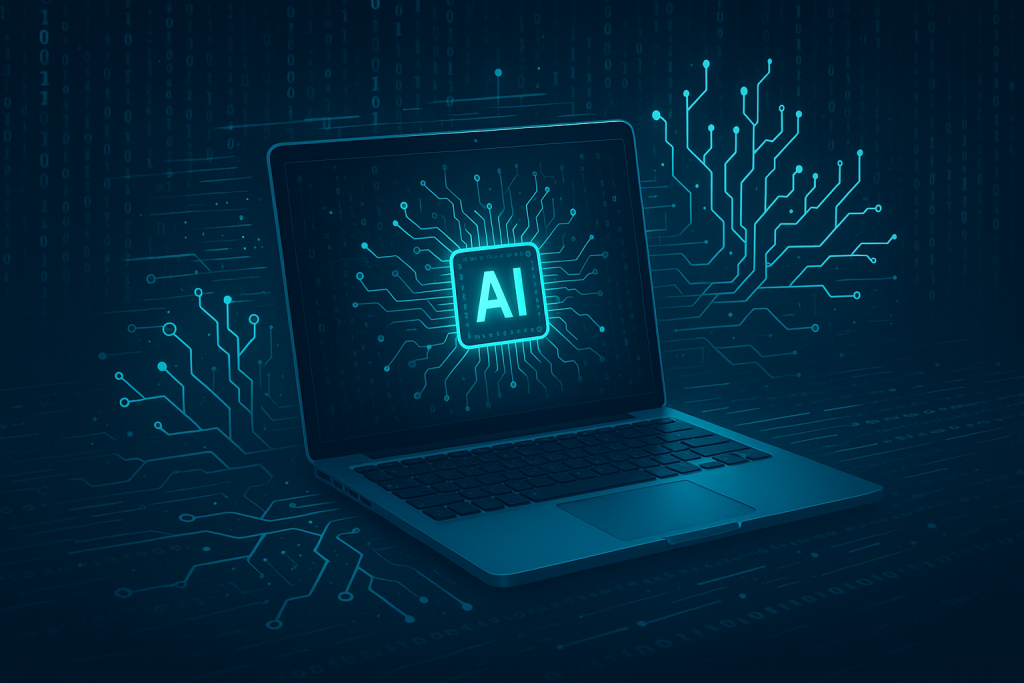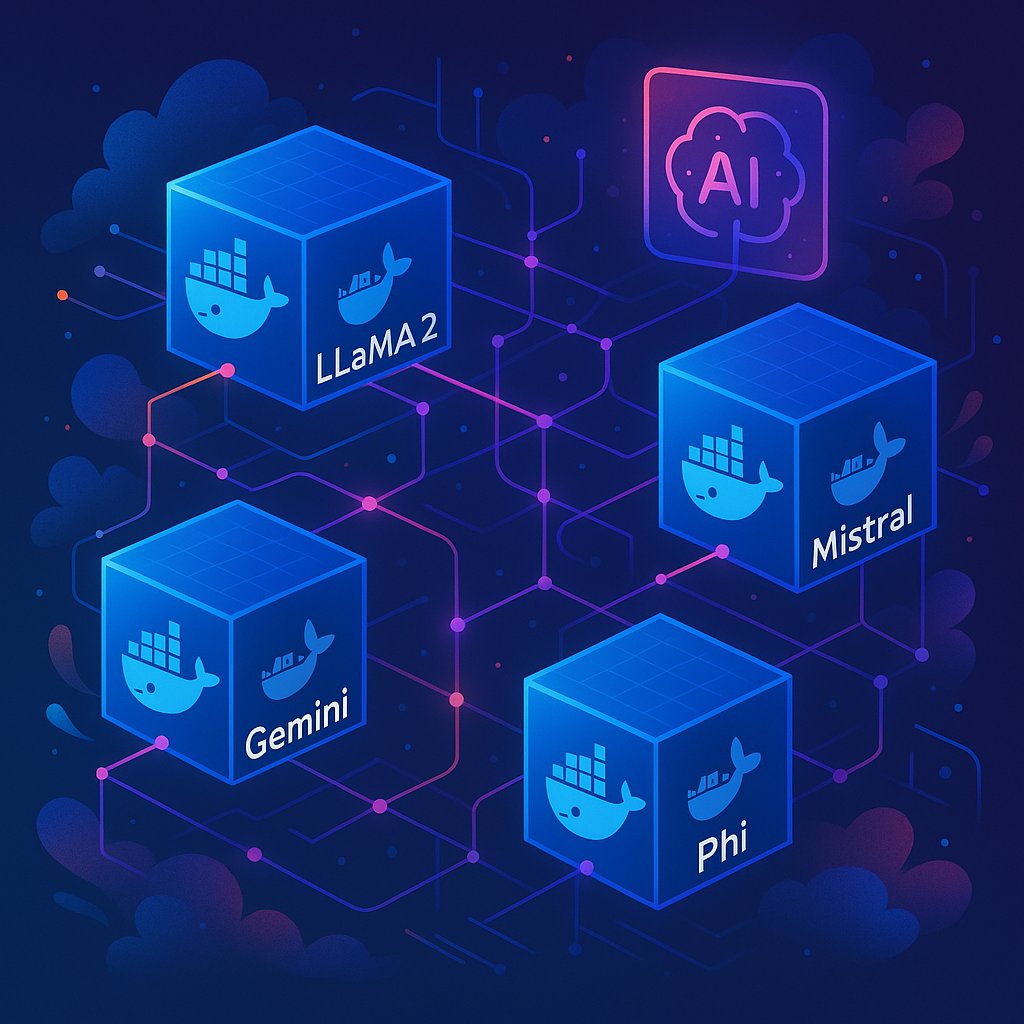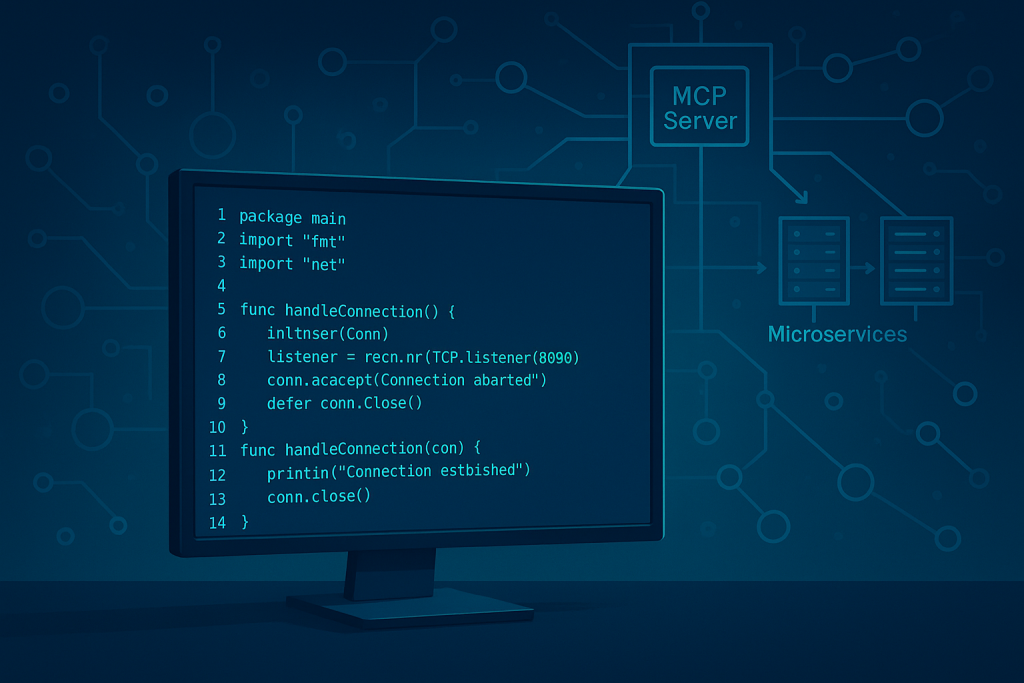Introduction: The Rise of AI in Software Engineering
The realm of software engineering is undergoing a transformative shift, driven by the rapid evolution of artificial intelligence. With the continual refinements in both generative AI and agentic AI, the process of designing, coding, testing, and deploying software is becoming more automated and innovative. In this blog post, we explore how the integration of these two powerful forms of AI creates a potent synergy that can revolutionize how software is developed. We will delve into the underlying technologies, practical use cases, benefits, and challenges to provide a deep understanding of this emerging frontier.
This new era in software engineering is characterized by not only improving efficiency but also by enhancing developer creativity. As AI tools become more capable of creative problem-solving and autonomous decision-making, the bridge between human ingenuity and machine intelligence grows stronger and more essential. Key industry players, such as GitHub Copilot, have already demonstrated the capabilities of generative AI in code suggestion and automated debugging (source: Vibe Coding: Revolutionizing Software Development with AI Assistance). At the same time, the rise of agentic AI has highlighted the potential for systems that autonomously handle workflows, resource management, and code testing.
What is Generative AI and How is it Used in Software Development?
Generative AI refers to algorithms that can produce new content – from text and images to complex code sequences – based on the data they have been trained on. In software development, these systems use advanced machine learning models to generate code snippets, predict code completions, and even propose novel algorithmic solutions to challenging problems.
One of the prime applications of generative AI is in code generation and auto-completion. Tools like GitHub Copilot leverage deep learning techniques to analyze the context in which a developer is working and offer accurate, contextually relevant suggestions. As reported by Upwork (source: Upwork), this not only speeds up the writing of code but also helps in reducing errors by auto-correcting frequently encountered mistakes.
Furthermore, generative AI has significantly influenced automated bug detection and testing, where it analyzes patterns within code to locate vulnerabilities. This process not only improves the quality of the code but also minimizes manual review efforts, thus streamlining the development lifecycle.
Understanding Agentic AI: The Autonomous Decision Maker
Unlike traditional AI models, agentic AI is designed with autonomous decision-making capabilities. These systems are capable of executing tasks independently by understanding the given context and making decisions in real-time. In the software engineering landscape, agentic ai is used to take full control over certain processes that traditionally required manual oversight.
One significant use of agentic AI is in autonomous code development. For example, advanced AI agents can parse through extensive codebases to autonomously generate entire modules or even APIs based on the documented requirements (source: NASSCOM).
Agentic AI also excels in automated debugging and testing. With the ability to analyze code patterns, these systems can identify and resolve anomalies, thereby ensuring that the final product is robust and efficient. The automation of workflow tasks like resource allocation and system monitoring further demonstrates the transformative potential of agentic AI in modern software projects.
The Synergy of Generative and Agentic AI in Software Engineering
When the creative potential of generative AI meets the autonomous operational capabilities of agentic ai, the possibilities in software engineering expand exponentially. This integration is more than just the sum of its parts: it provides a framework where automated code generation and intelligent decision-making coexist seamlessly to enhance productivity and quality.
The combined application of these AI technologies means that developers can not only rely on sophisticated suggestions during code writing but also on autonomous systems that manage routine tasks such as code testing and deployment. Financial Times highlighted that this integration leads to accelerated development cycles and improved code quality (source: FT), making the process faster and more efficient.
Furthermore, the synergy allows for a holistic approach where the AI can learn from its own outputs. In many cases, a generative model’s output can be fed into an agentic system for further refinement, resulting in a self-improving loop that continually enhances both creativity and operational efficiency.
Practical Applications: From Coding to Deployment
The practical implementations of integrating generative AI and agentic AI are already evident in various aspects of software development. The integration helps in automating tasks that once required manual intervention, thus streamlining the entire development lifecycle:
Code Generation and Auto-Completion
Generative AI tools, like GitHub Copilot, are designed to assist developers by providing code suggestions and completing functions as they type. This not only reduces coding time but also minimizes human errors.
Automated Debugging and Testing
Agentic AI systems can autonomously identify problematic code segments and execute thorough testing regimes, ensuring that the software is robust and error-free. This seamless integration improves reliability across the development process.
Continuous Integration and Deployment
Integrating these AI models into the CI/CD pipeline assists in automating deployment and monitoring processes. The resources are allocated and managed autonomously, allowing development teams to focus on more significant, value-added projects, as highlighted by Upwork’s research (source: Implementing Continuous Integration and Deployment Pipelines for Microservices).
Benefits of Integrating Generative and Agentic AI
The fusion of these two AI paradigms offers multiple benefits that can fundamentally transform how software is built and maintained:
- Enhanced Productivity: Developers can focus on innovative problem-solving while AI handles repetitive tasks.
- Improved Code Quality: Automated debugging and testing ensure that software products are not only rapidly developed but are also reliable and secure.
- Accelerated Time-to-Market: Shortened development cycles allow businesses to release updates and new features faster than ever before.
- Cost-Efficiency: With fewer manual interventions required, resource allocation is optimized, reducing overall development costs.
As noted by FT and other industry sources, this integration paves the way for a revolutionary change in software engineering best practices (sources: FT, Medium, Building Secure and Efficient MCP Servers).
Challenges and Considerations in AI Integration
Despite the promise of integrating generative AI and agentic AI, several challenges must be addressed. As we push the envelope of what these technologies can do, it becomes essential to consider the potential risks and limitations:
- Security Concerns: The complexity inherent in AI models can introduce security vulnerabilities. Proper measures must be taken to protect sensitive data and ensure secure code practices (source: DZone, Building Secure and Efficient MCP Servers).
- Reliability and Accountability: Ensuring the reliability of code generated by AI is crucial. Developers need clear accountability structures when AI-driven decisions result in errors or require audits (source: FT).
- Ethical and Social Implications: There are concerns about job displacement and the ethical use of AI. Transparent policies and strategies need to be developed to mitigate these issues (source: Time).
Incorporating AI into complex environments also demands rigorous testing, continuous monitoring, and a willingness to intervene when the system’s autonomy could lead to unintended consequences.
Real-World Use Cases: Case Studies and Success Stories
Across industries, early adopters of integrated generative ai and agentic ai systems are experiencing significant improvements in their software development processes. For example:
Case Study: Automated API Generation
A leading technology company integrated an agentic ai system capable of autonomously analyzing code documentation and generating custom APIs. The result was a 40% reduction in development time and a notable increase in code quality, demonstrating the effectiveness of combining autonomous decision-making with creative code generation.
Case Study: Enhanced Debugging in Large Codebases
An enterprise-level software firm implemented a dual-step process in which generative AI suggested code improvements, which were then validated and refined by an agentic AI system focused on debugging and testing. This method dramatically decreased the incidence of production bugs and enhanced system stability.
Case Study: Optimized Deployment Pipelines
By integrating these two AI technologies, companies have been able to streamline continuous deployment pipelines. The AI not only manages the deployment process autonomously but also monitors system performance in real-time, leading to significant improvements in reliability and scalability.
The Future of AI-Driven Software Development
The future of software development lies in the continued evolution and integration of generative AI and agentic AI. As these technologies mature, we can expect:
- Greater Automation: From generating code to managing entire development cycles, automation will continue to reduce human workload and drive productivity.
- More Intelligent AI Systems: Future models will likely be more adept at context awareness, enabling them to understand and integrate code more seamlessly.
- Enhanced Collaboration Between Humans and AI: Developers will work alongside AI systems that not only assist in mundane tasks but also contribute to innovative problem-solving.
- Customization and Adaptability: AI systems will adapt to the unique requirements of specific projects, leading to highly tailored solutions that are both efficient and reliable.
Frequently Asked Questions (FAQ)
What are the primary differences between generative and agentic AI?
Generative ai focuses on creating new content, such as generating code based on learned patterns, while agentic ai emphasizes autonomous decision-making and task completion without human intervention.
How can integrating these AI systems improve software development?
The integration of generative and agentic ai leads to enhanced productivity, better code quality, accelerated development cycles, and more cost-effective operations by automating routine tasks and facilitating intelligent decision-making.
Are there any security risks associated with these AI technologies?
Yes, the complexity of these models can potentially introduce security vulnerabilities. It is essential to implement robust security protocols, continuously monitor AI outputs, and ensure proper data protection measures are in place (source: DZone, Building Secure and Efficient MCP Servers).
What impact will these AI integrations have on the future of software engineering careers?
While some concerns exist about job displacement, the integration of AI is more likely to shift roles toward higher-level strategy, system oversight, and creative problem-solving, ultimately augmenting the capabilities of human developers.
Conclusion: Embracing the New Era of Software Engineering
The convergence of generative ai and agentic ai is a milestone in the evolution of software engineering. By integrating the creative power of generative models with the autonomous capabilities of agentic systems, development processes are becoming more efficient, reliable, and innovative. While challenges such as security, accountability, and ethical considerations need to be managed, the benefits far outweigh the risks.
In this new era, software engineers can look forward to products that are not only developed faster but also with improved quality and smarter features. As these AI technologies continue to evolve, developers, IT professionals, and businesses alike must embrace and adapt to these changes, paving the way for a more dynamic and proficient future in software development.
For more insights and ongoing updates about the evolving landscape of AI in software engineering, keep exploring, learning, and engaging with the global community of AI enthusiasts and industry experts.



